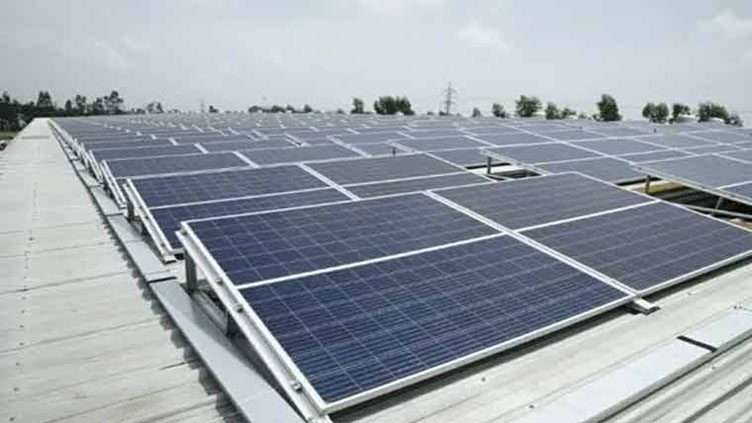
Authorities granted environmental approvals for SunCable’s $24 billion initiative in Australia’s remote northern region, which aims to provide power for three million homes.
The project will feature a vast array of solar panels, batteries, and eventually a cable linking Australia with Singapore. It is supported by tech billionaire and green advocate Mike Cannon-Brookes.
Environment Minister Tanya Plibersek highlighted the project’s significance, stating, “It will be the largest solar precinct in the world and positions Australia as a leader in green energy.”
The project is expected to begin energy production in 2030, generating four gigawatts for domestic use and transmitting an additional two gigawatts to Singapore via an undersea cable, meeting about 15 percent of Singapore’s energy needs.
SunCable Australia’s managing director, Cameron Garnsworthy, described the approval as a “landmark moment” for the project.
Despite this progress, several approval processes and obstacles remain. The project still requires endorsements from Singapore’s energy market authority, the Indonesian government, and Australian Indigenous communities.
Singapore’s energy market authority has stated that it is in discussions with SunCable regarding electricity imports but has not provided additional details.
Garnsworthy noted that SunCable will now focus on the next planning stages, aiming for a final investment decision by 2027.
Globally, countries are racing to launch major solar projects to transition away from fossil fuels. China leads in this area, building nearly double the wind and solar capacity of all other countries combined, including the 3.5-gigawatt Midong solar farm, its largest to date.
In contrast, Australia continues to be a major exporter of coal and gas, despite facing severe climate change impacts such as intense heat, floods, and bushfires. While Australians are keen adopters of household solar panels, governments have been slow to fully embrace renewables.
Renewables accounted for 32 percent of Australia’s electricity generation in 2022, compared to 47 percent from coal, according to the latest government data.
Plibersek praised the project as a solution to Australia’s projected energy shortfall and a creator of “14,300 new jobs in northern Australia.”
Ken Baldwin, director of the Energy Change Institute at the Australian National University, called the project a “world first” in exporting renewable electricity from solar and wind at such a scale. He emphasized that Australia’s strong solar and wind resources make it one of the fastest-growing countries in terms of renewable energy installation per capita.
Baldwin stressed the need to maintain this momentum to meet Australia’s net zero targets by 2050, noting that the country will need around 100 gigawatts of solar and wind capacity by the 2030s, with SunCable contributing only four gigawatts.
Climate Council CEO Amanda McKenzie described the new solar hub as a significant step towards making Australia a “clean energy powerhouse” and emphasized the importance of accelerating solar and storage deployment to ensure affordable energy and reduce climate pollution.
The project also marks a major milestone for Cannon-Brookes, who initially described the project as “insane” before becoming a dedicated investor.
Related Topics

Click to comment


